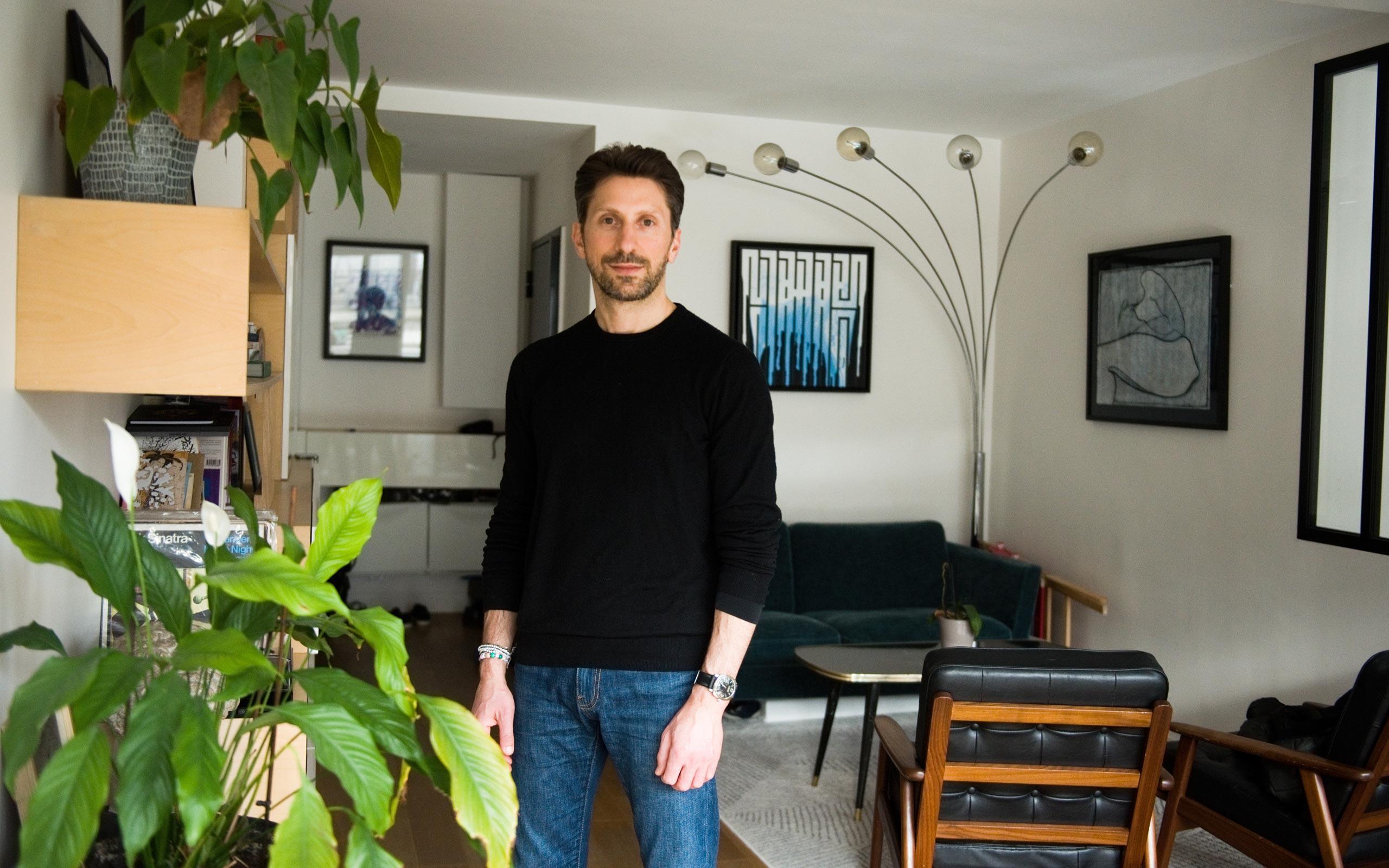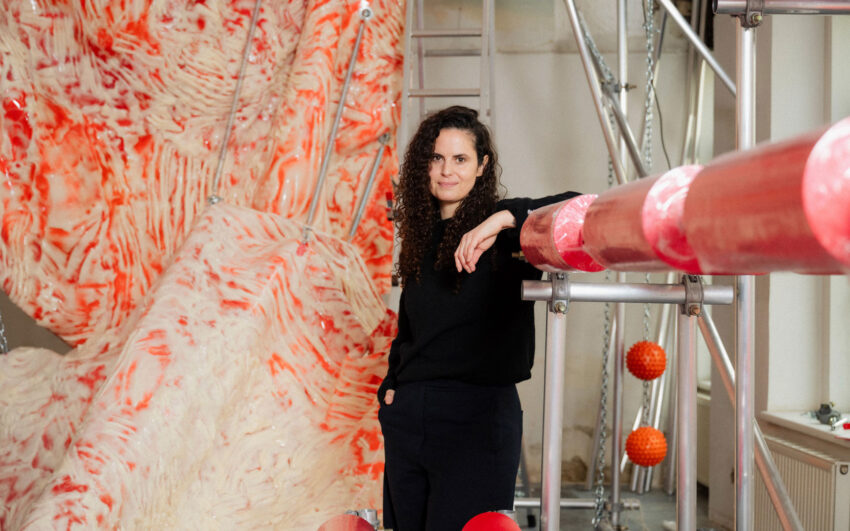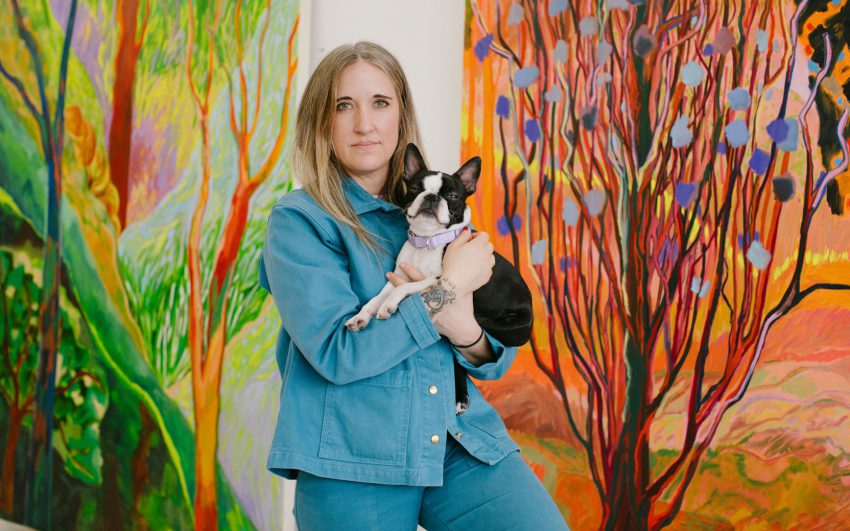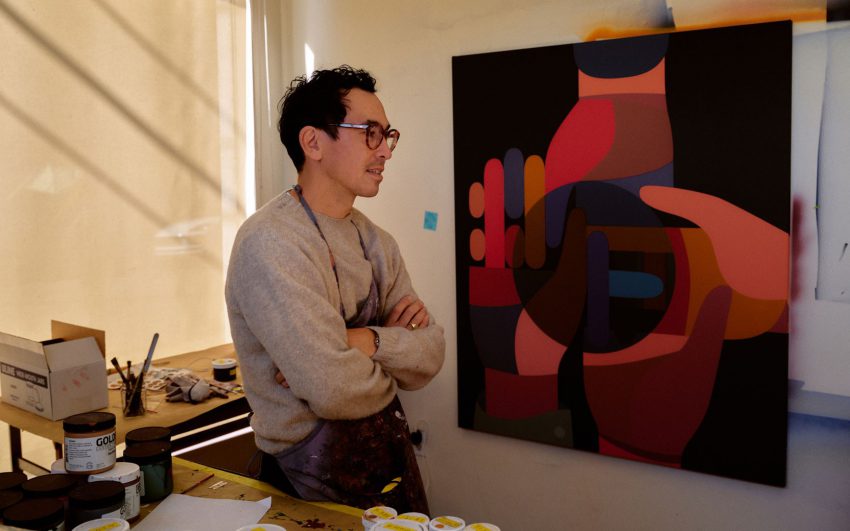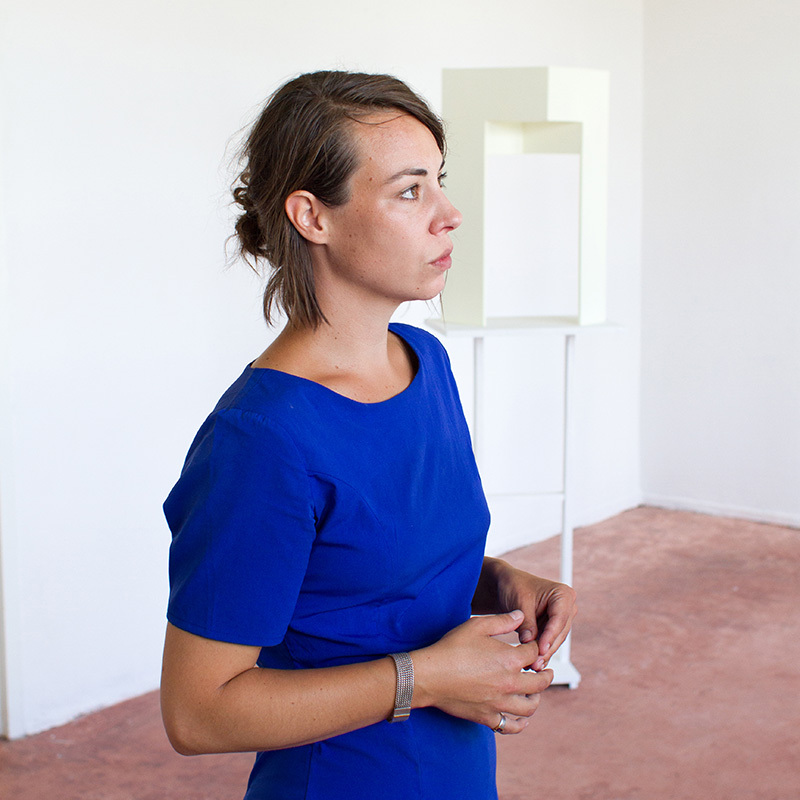This collector story is in collaboration with Artscapy. Their Art Account provides 5,000 collectors with a complete set of services from collection management to valuations, insurance and advisory.

Pierre Nabhan is the co-founder of the branding and word design agency JoosNabhan, he is also Lecturer at the University of SciencesPo Paris, and a published writer. Pierre has been collecting art for the past twenty years. We talk about not chasing after every new art world trend, how to decide what to buy and live with it happily, and about falling in and out of love (and in again) with particular works in his collection.
Pierre, how did you get into collecting art?
I come from a family of painters and photographers and was always surrounded by images. I have many fond memories of paintings at home, some of which my mum had done, and some that she had bought. I especially remember a painting from Jean-Pierre Cassigneul, a modernist painter. The work we had wasn’t abstract nor figurative either; and growing up, I thought it represented a funny character with a big head and moustache. Much later, I told my mum that I really loved the character… And she goes: “You mean this painting of a woman with a large hat seen from behind!” (laughs).
Do you think you were lucky because you grew up surrounded by art?
I liked it, but I don’t think I was conscious of it. My mum took us to many exhibitions and gallery shows. She painted and got me interested in photography. From an early age, I would use her camera, often accompanied by my cousin, who is a photographer. So yes, it was great growing up with art and to understand that I could create some, too. It just felt very natural to live with it.
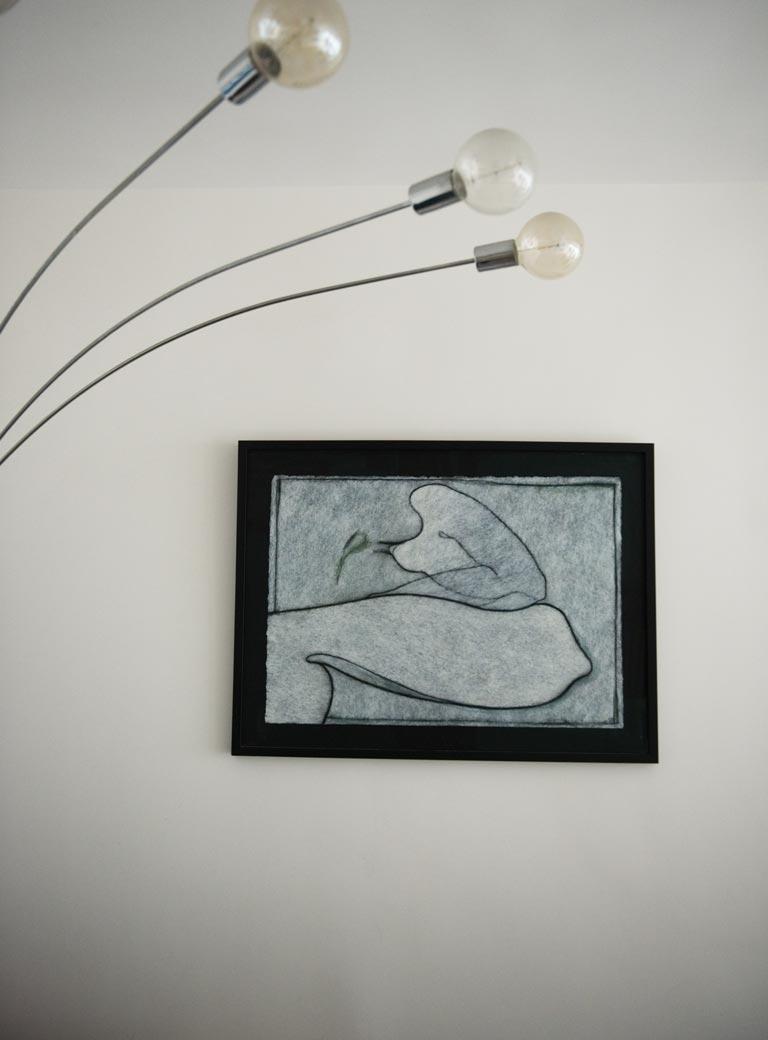
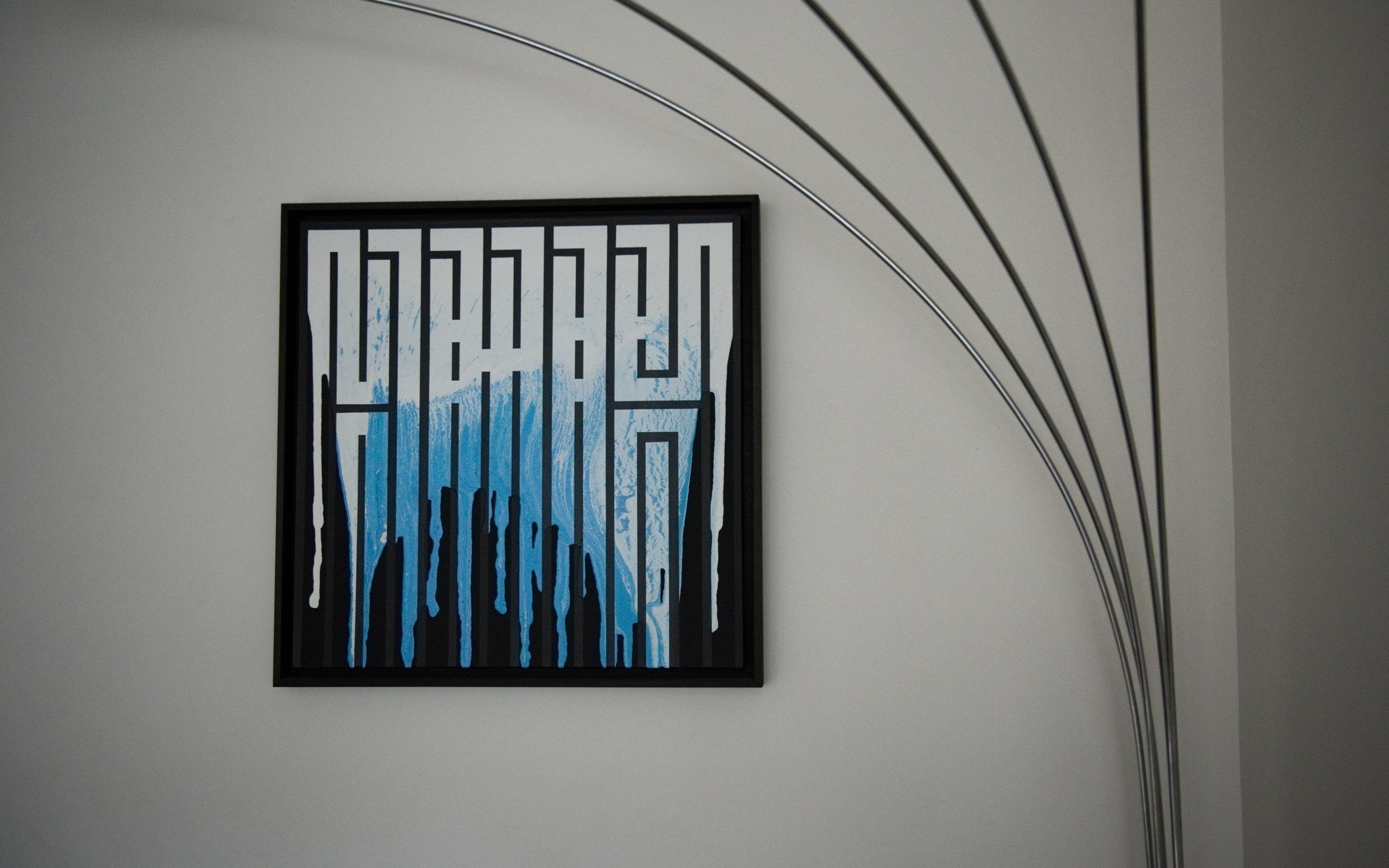
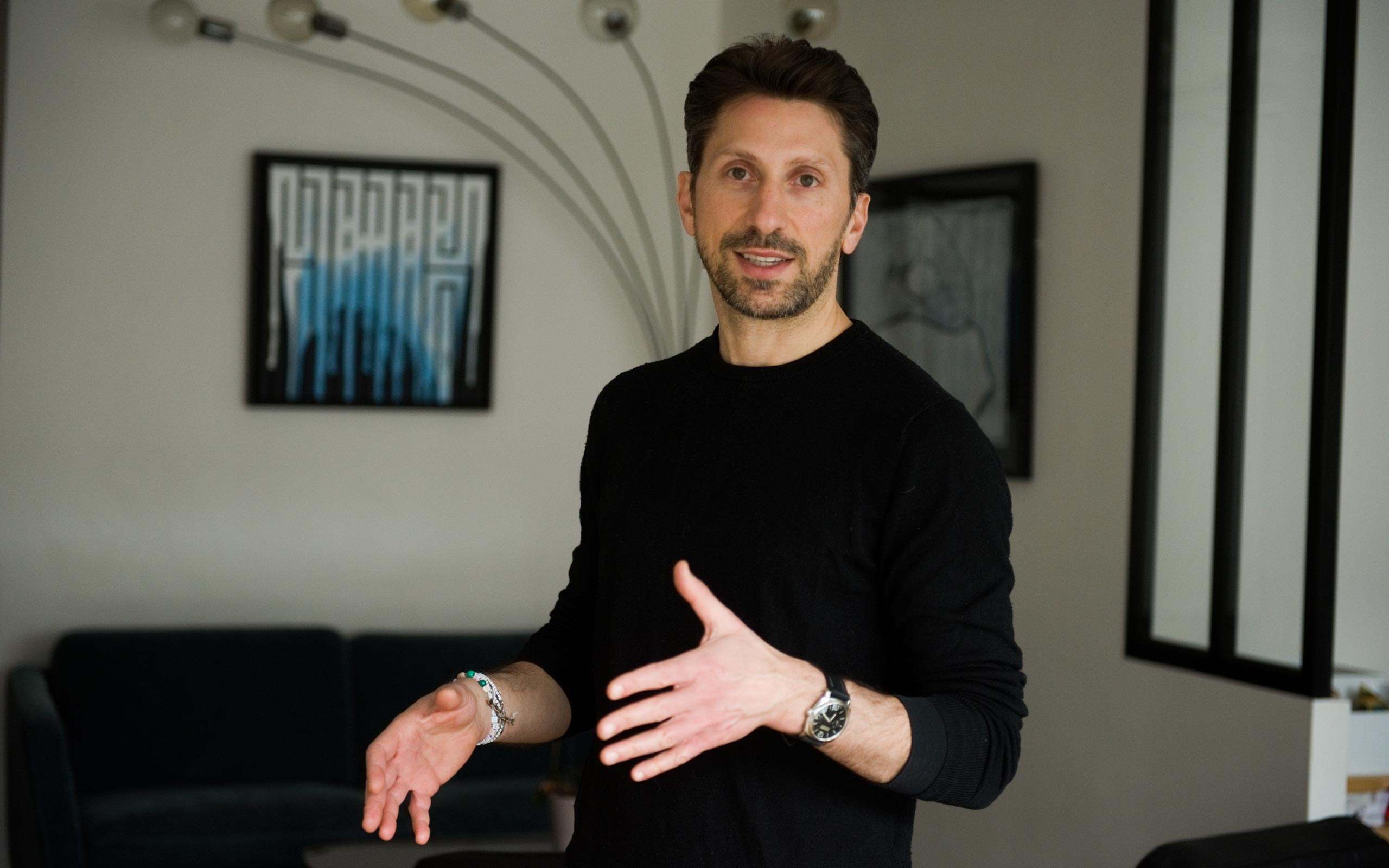
Apart from your parents, who influenced your taste?
My older brother used to be an art dealer in New York and Paris. He got me into Contemporary Art. However, at some point, I found the art business slightly crazy: there were constantly new trends and new artists to keep track of. Looking into art keeps you busy because everything happens so fast, often you don’t know where it’s at. And once you get into buying, you might feel you can barely keep up. There is just so much to see!
How do you deal with that?
Oh, I don’t mind so much. For starters, I would not say that I am an absolute art connoisseur. I have come to realize that if you get into the business of collecting art, you must trust yourself and follow what you feel good with. Your decisions should be based on buying what you like, what you want to live with. Because if you start to speculate and try to make money out of art, you might invest in something you don’t really like, and its value might drop later. In the end, you would be stuck with a piece you don’t love and that you can’t get rid of: not a great scenario!
How do you choose your works then?
Art buying should be like a natural gesture: the starting point is certainly a special feeling for a piece. But then, I don’t buy with a blindfold on. I like to look at who the artist is: is he or she young or already established, does the artist take his or her work seriously…
What do you mean by that?
Well, it sometimes seems that just about everybody makes art today, paraphrasing Beuys’ line of “Everybody is an artist”. Regarding Contemporary Art, my feeling is that there are many opportunists at work, who try to make money by following a trendy concept and replicating it for some time, without creativity. And then they just stop their practice after some years… these artists are not truthful.
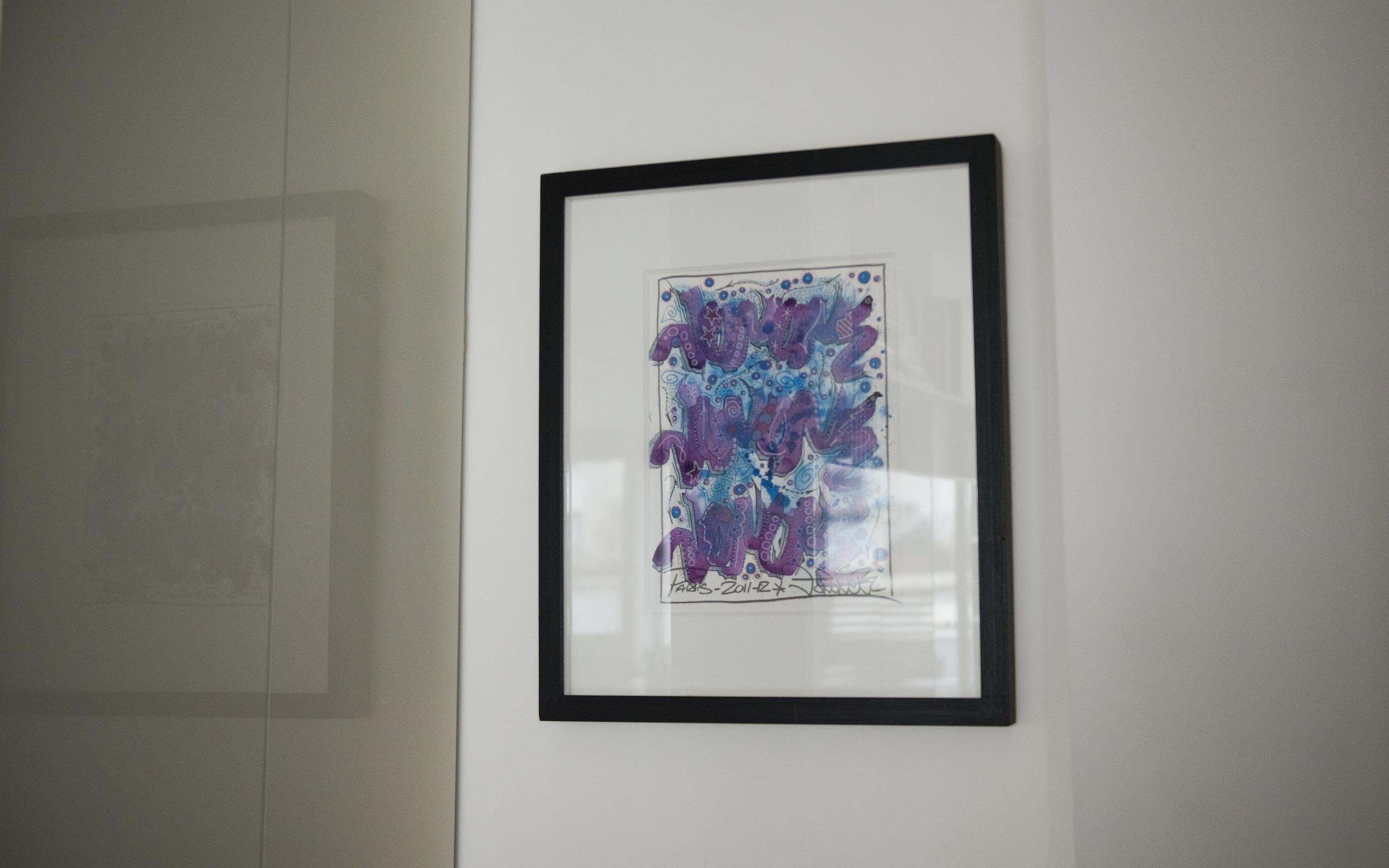
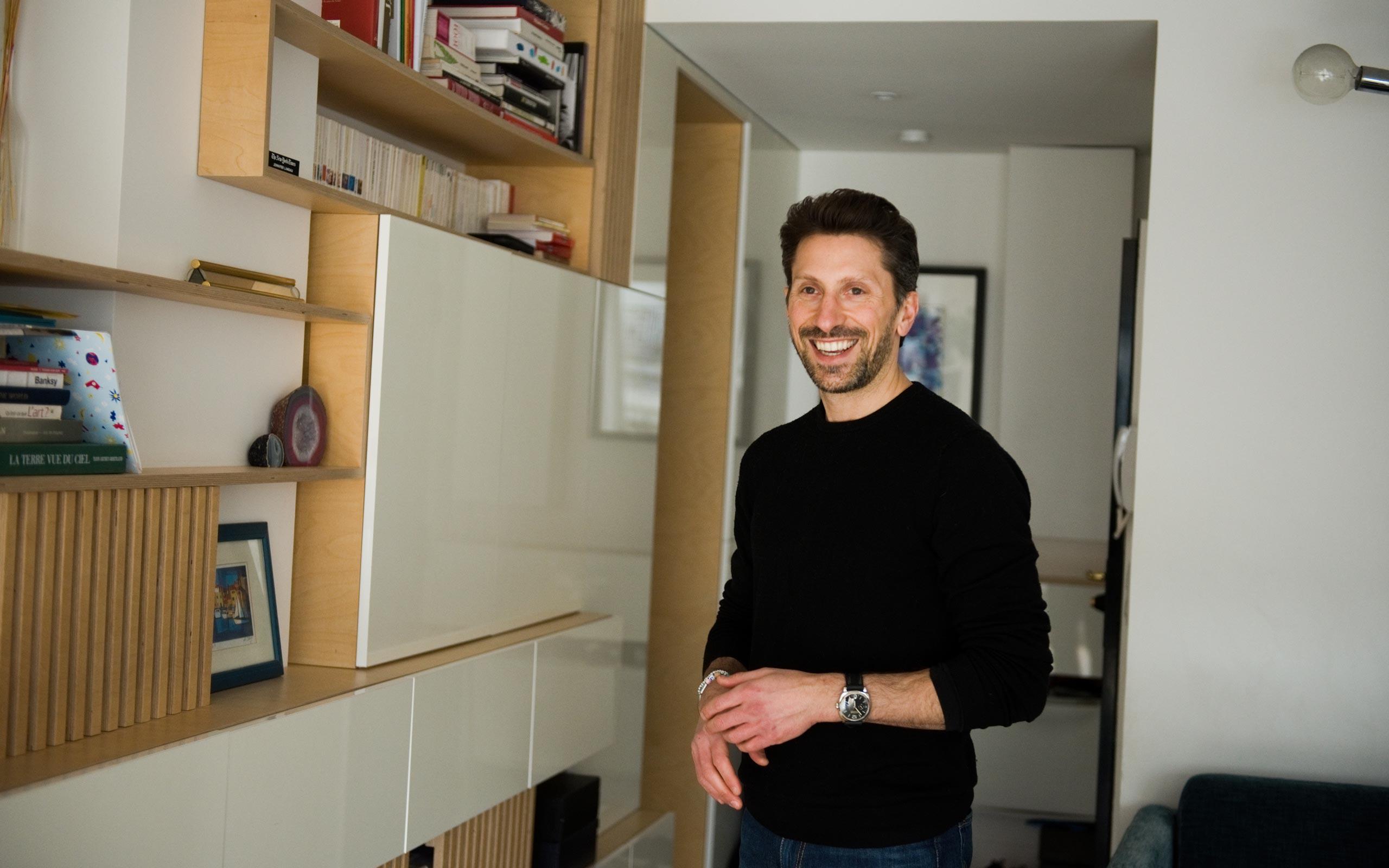
Is an artists’ truthfulness a criterion for you?
It is a very important one! I believe they need to stay true to what they do, and be absolutely dedicated to their art. Sometimes, the buzz surrounding an artist is hard to see through…and I am not pretending to know it all!
So how do you decide who to buy then? Do you buy art at auction, or galleries, or from the artist?
All of these, but there are different levels my wife and I buy at. On one hand, there is art that is not too expensive – I am talking a couple of hundred Euros – that we buy on the go, so to speak. When we travel, we like going to galleries. If there is a piece we like – and if it is small enough for us to take back home – we might just go for it. It works as a souvenir; we don’t care much about its value other than the emotional one. On the other hand, if we are ready to invest more – about a couple of thousand Euros – I do more research. I get advice from people who work in art; and of course, I ask a lot of questions!
How did you buy your first “serious” piece?
I bought it at auction, it was a Jean Cocteau drawing. One of my friends worked for the auction house and brought it to my attention. Cocteau is of course also a poet, and I work with words for a living, so that was a nice common trait. Later, I was introduced to various art dealers, one of which represented Street artists.
And you fell in love?
I really love the artist JonOne, and that was my first investment. I find him interesting because he took street art to another level, mastering simplicity and always reinventing himself. And once I had bought that, I started to get curious.
Do you see any link between Cocteau’s drawing and JonOne?
I did not realize what it was back then, but now it is clear to me. The pattern that I responded unconsciously to is the writing and the simple lines both artists use. And interestingly, that is also true for the more abstract pieces I own today – they always show simple lines. For instance, I collect an Cuban artist, Rubén Rodriguez, whose fundamental interest in the line characterizes his work.
And Rubén Rodriguez also does ceramics, just like Cocteau!
Rubén Rodriguez is a well-known Cuban artist, and through him I am relating to my origins, because my mum grew up in Cuba! I got to know his work when my cousin opened a gallery in Montreal with a show including famous South American artists, Rubén Rodriguez among them. And I bought two paintings from him then and there. In his work, I am also reminded of the simple shapes and lines from the Cassigneul I grew up with.
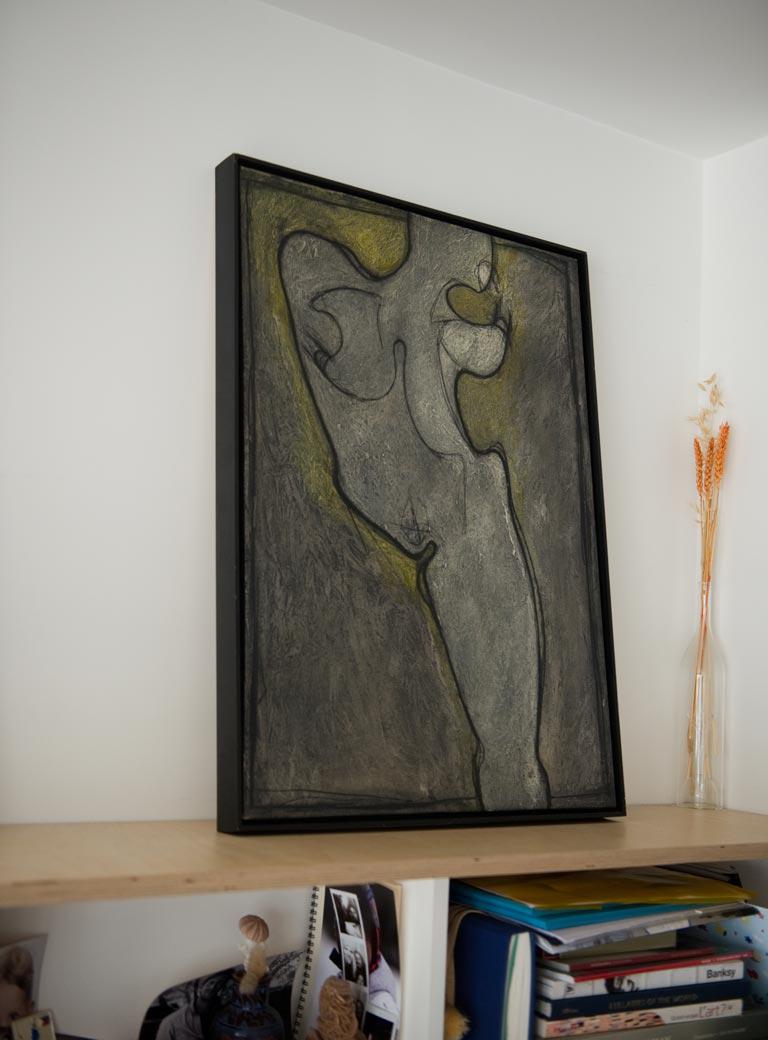
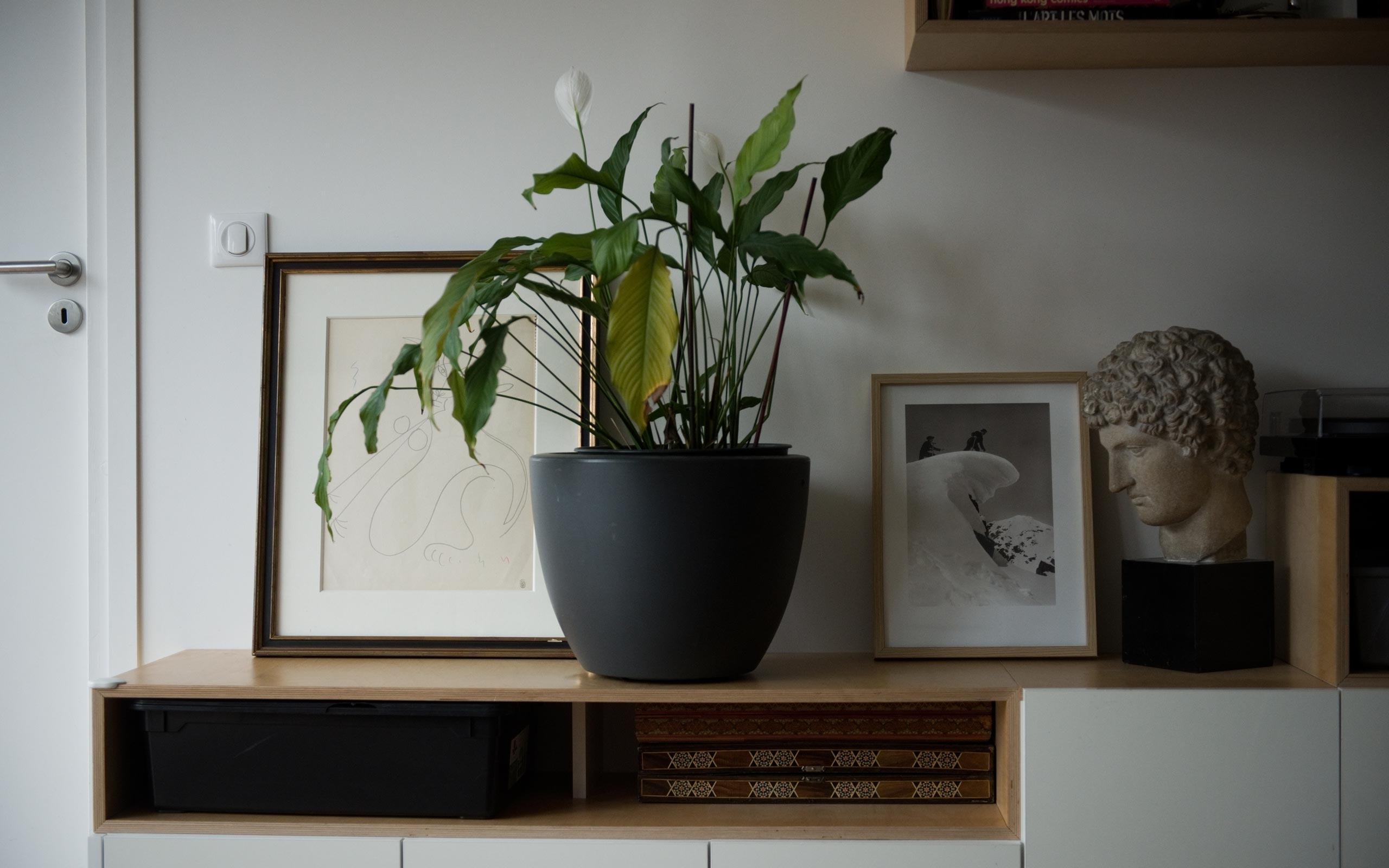
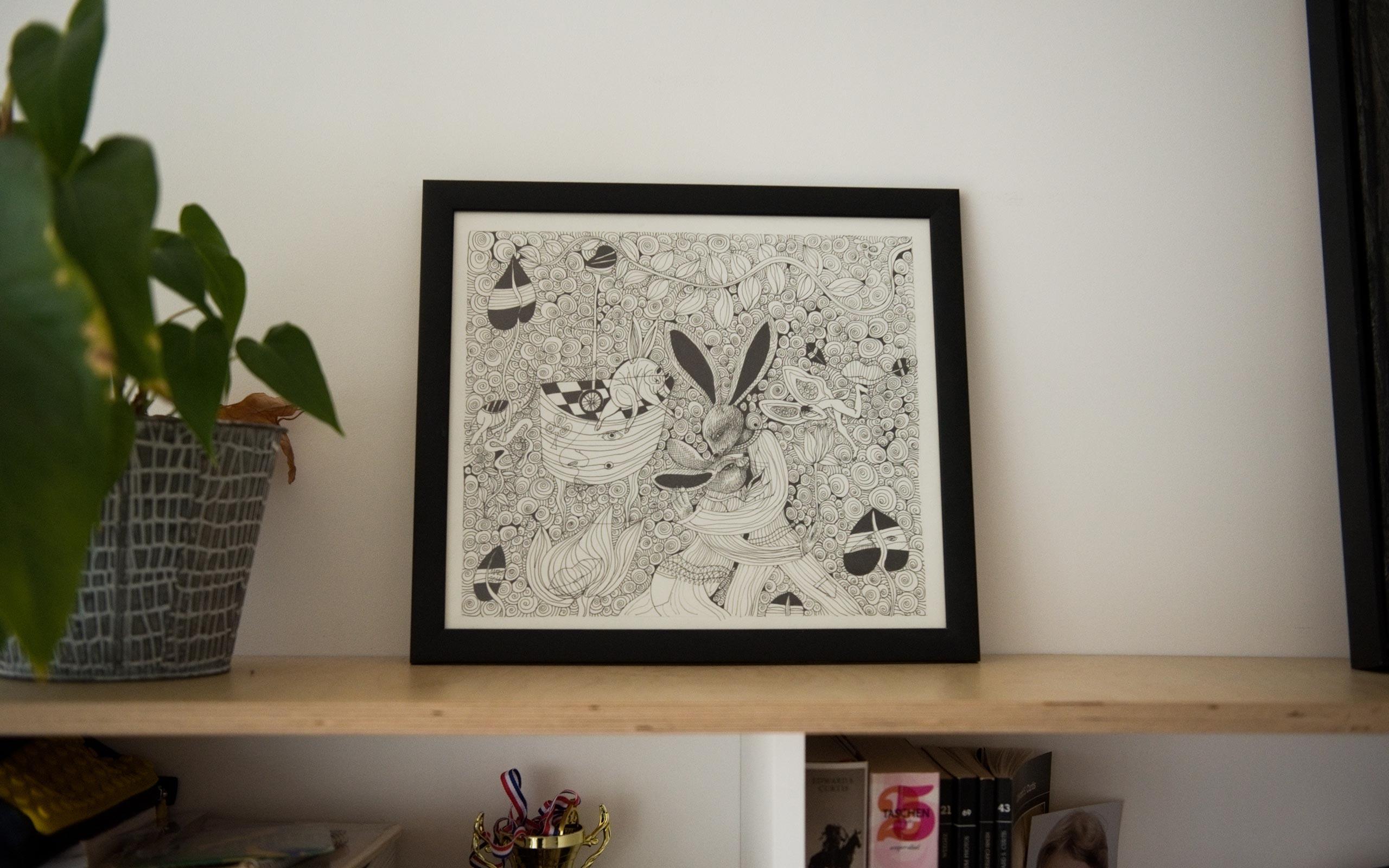
You mentioned the Street artist JonOne. He did some work with L’ Atlas, who is another artist you are collecting…
L’Atlas is an artist that is newer to the market, he became more known in the past five to six years – maybe even too much (laughs). I like the fact that he experiments a lot. He is into geometrical calligraphy, and the painting I bought from him is about the art of writing your name, as is a lot of street art in a way. He takes a symbol, extends it, shrinks it, twists it, layers it. It’s fun.
You seem to prefer JonOne, though?
JonOne I really love because his art is not what I would call “stress art” (laughs). You have it in your flat, sometimes you look at it, sometimes you don’t, but you always feel good having it. It is not too dark. It is soothing, contrary to other works I have that maybe are too expressive for me at times.
Are you talking about Adam Sabhan, who you also collect? His work seems weightier…
His work is certainly more contemporary in the sense that it is more expressive. I bought a series of portraits – but then again, this purchase was linked to my family: my older brother had exhibited him many years ago. I am very much into portraits, and his are very beautiful. But Adam’s work can feel a bit tortured. I used to have one of his portraits on the wall and at some point, I could see the soul of the depicted person, and I felt that what I saw there was too twisted.
Good art can do that to you: bring you unforeseen emotions. You might feel differently about the same piece depending on the stage you are at in your life…
Absolutely! In any case, I moved the Sabhan to storage for a while. Generally speaking, as we are in the process of moving, there will be a lot of changes regarding the artworks surrounding us.
What artist are you eying up next?
We would love to own a piece from Mario Prassinos, a modernist French painter. Interestingly, he used to live in Provence, where we have a place. Prassinos paints in black and white, and there is this amazing large painting of the Alpilles (small range of low mountains in the Provence) in this great gallery in Ménerbes in Provence, so we are thinking about it…
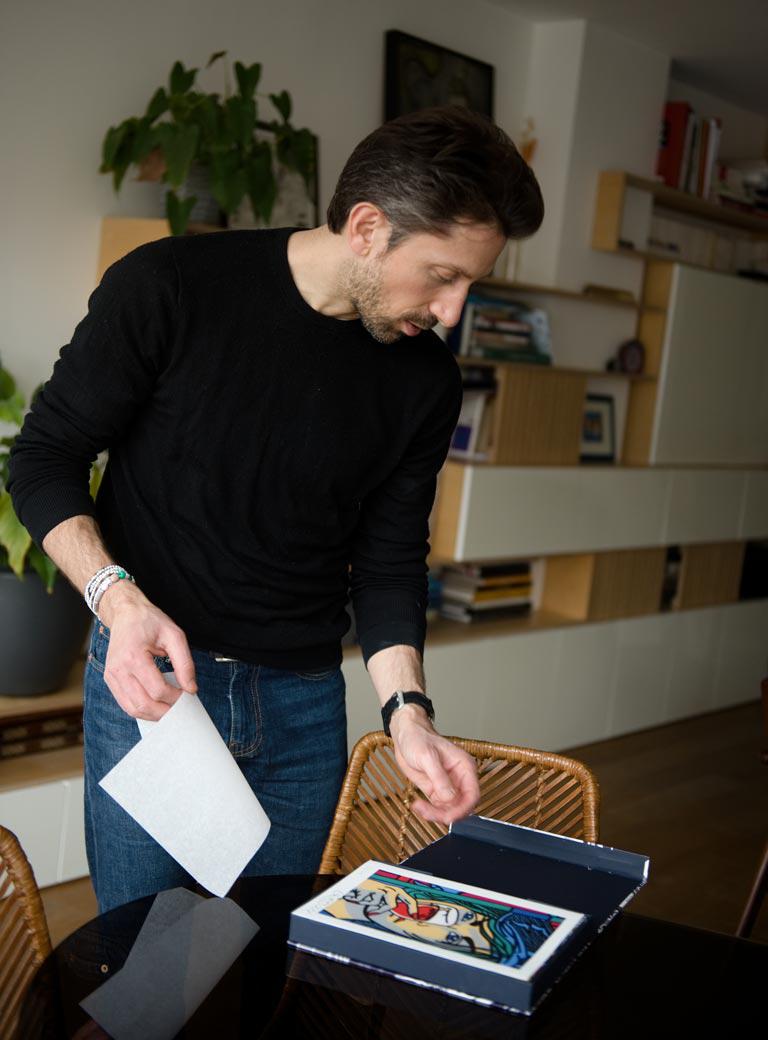
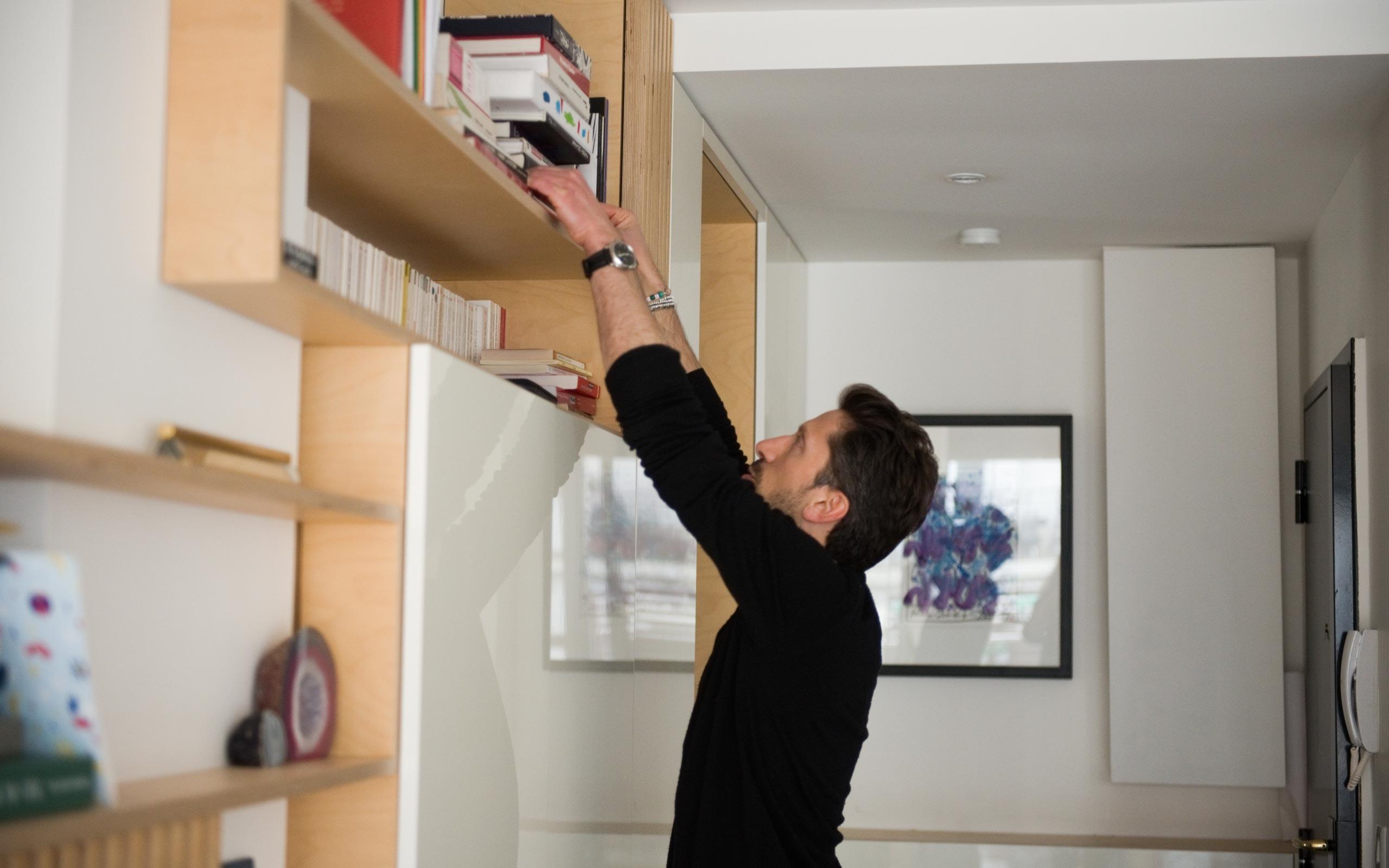
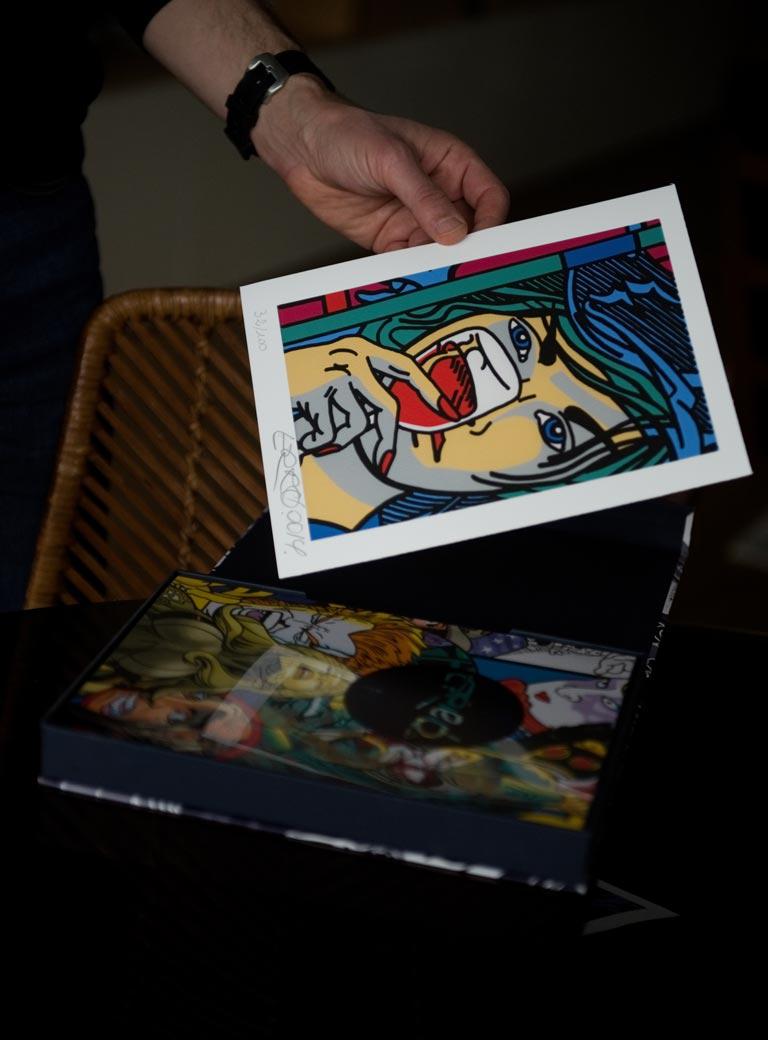
The works we have talked about so far are very different from the Japanese wood block printings that you are also collecting… how did that happen?
I have three Japanese woodblock printings that I keep at my office. Two of the woodblocks were a gift from my aunt, and I bought another one in Japan. I just really love Japanese culture, art, language and food. I learned Japanese when I was seven years old, later I traveled there and took part in woodblock workshops. I learnt about Hokusai, Hiroshige, Utamaro, Kuniyoshi: the classic artists… it’s a whole brilliant world. Hokusai used to study movement and how to transform movement into stillness, to capture that very moment, which I find fascinating. Consequently, the word for woodblock printing (and hand-painted works on silk, paper or in books showing everyday scenes) in Japanese is “ukiyo-e” which means “images of the floating world”.
Your fascination with Japan is strong, you even published two poetry books written in the Japanese style…
Yes, the poetry is called Haïku, and is expressing a moment in just three lines, in a very codified way. It’s like photography with words. I am also invested in a Japanese association that organizes Haïku competitions for children, where I am a member of the jury.
You have young children yourself – do they remark on the art they see at home?
Well, they are very young still, so for them it’s just something that is there. The older one is into drawing, though. My wife and I draw a lot with them, we always keep a drawing kit nearby. I am convinced that the first tool in art is your eye looking at the world. To draw is amazing.
What has collecting art taught you about yourself?
When it comes to art, you need to trust your feelings, even if it might feel irrational at times. What I understood – also from writing my books – is that art is not just reacting to something and saying “oh this is nice”. It is about trying to dig deeper and sense the truth in it. It is incredibly honest. So my perspective is very different now from the one I had twenty years ago. You start with your intuition, and you find something that is true in a piece of art, something that is related to a part of you in a way. In my case the fact that my collection is related to words, writers, Street Art, and lines makes sense to me, because I invent words, languages, brand names for a living! My collection certainly says something about myself, but I can’t really verbalize it. I should maybe go and see a psychiatrist (laughs).
I guess this is what the art is for!
Probably! I have this beautiful artist’s photography that depicts the Alps. I started mountaineering seriously about five years ago, and I find myself loving that mountain picture because I do relate to it. It says something about myself, about my memories – even though I am not in the picture. Because it is not about a special memory of mine, but about one that I would like to create, something that I wish I would have done.
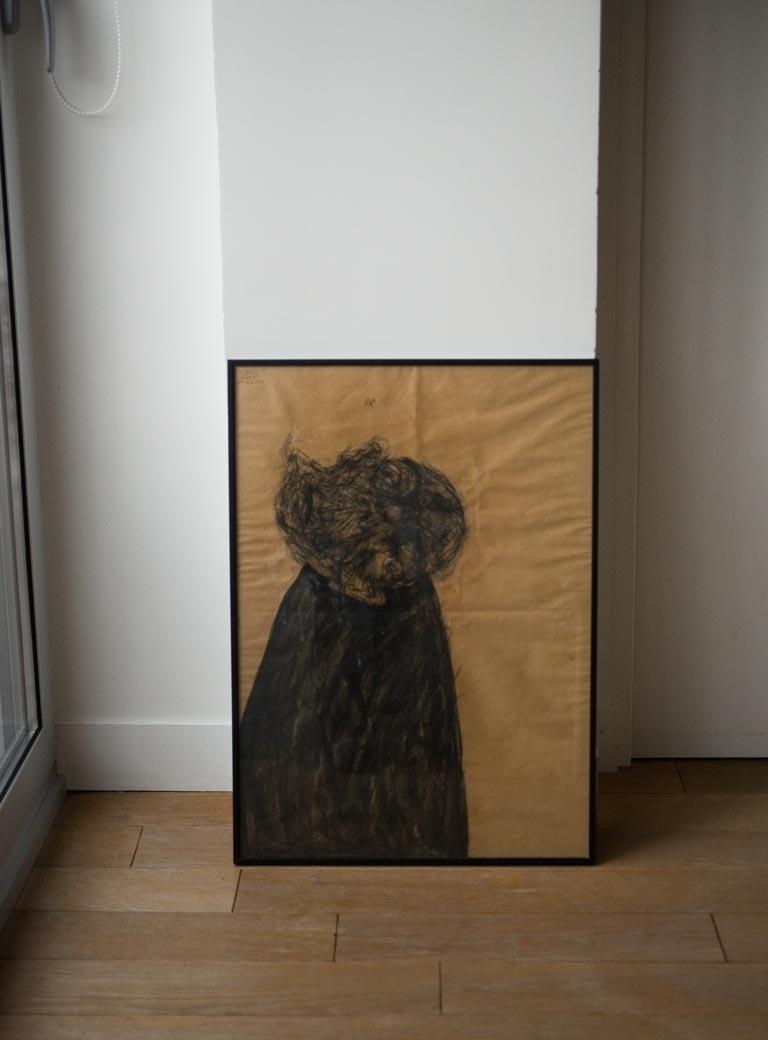
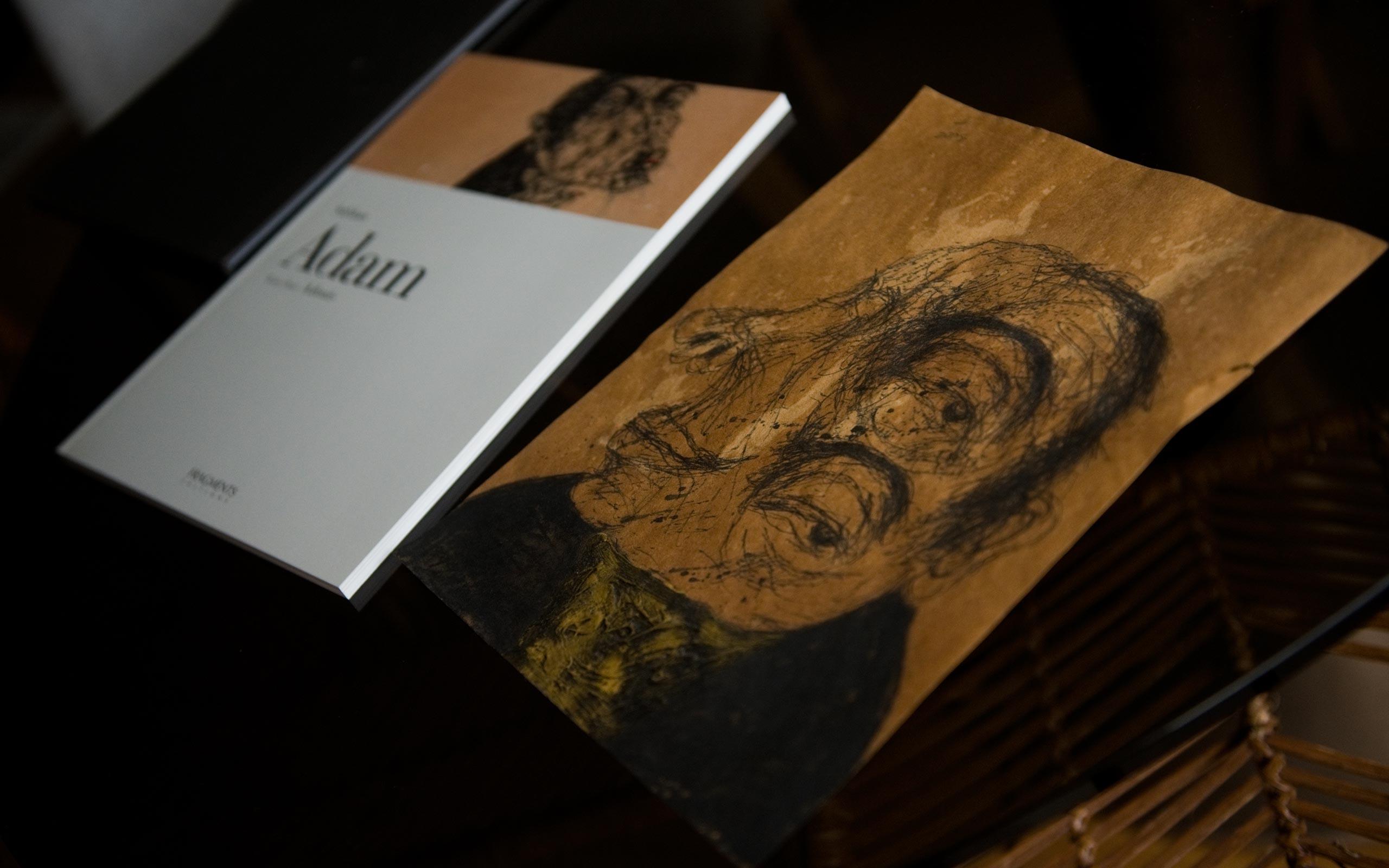
Are your wife and you shaping your collection together?
We both had some works before we met… And when we moved in together, we both picked what we liked and started to grow our collection with pieces that would resonate with the both of us.
Does this mean some of it is in storage now?
Some (laughs)! The question really is: Do we love that particular work enough for it to stare us in the face every day? It is an important consideration, a quite rational one. Because buying a new piece means it will replace an older one on our wall, for want of space. It is therefore crucial to make sure we will like it better. We think hard: Is it “the one”? Only then, we go for it – or not.
How many pieces do you own?
Hard to say, but I would say maybe around 30. As we are moving, we are consciously looking at what we have kept in the basement. At some point, I took out a portrait from Adam Sabhan – the one I had found too twisted - and realized I liked, no, loved it again. Storage is random, I must say.
Do you ever sell anything?
To be honest, I was thinking of selling the Cocteau I bought nearly fifteen years ago. Recently, I just did not feel as excited about it anymore. When I told my wife about it, she said: “Why would you do that? I like it!” So that was that (laughs).
Do you have a favorite painting in your collection?
To me, it is the entire collection that generates a special feeling. Imagine going on a desert island and being asked: “What painting would you take with you?” It would be really sad to be so limited. I would prefer to have nothing than just a single work. I don’t see the pieces I own as separate entities, but more as an atmosphere. It is the collection as such that makes you feel good – even if in one picture somebody is looking tortured (laughs). It’s just so amazing to own art. It’s a luxury of course, not a need. It’s a luxury for the mind.
Talking about luxury: If you could have any work of art in the world – what would it be?
There is the Chinese artist Zao Wou-ki that I really love, his work is very abstract, often on a large scale, and it reminds me of Turner. But you know what – maybe I would go for a Turner anyway! The light in his paintings is just amazing, the abstraction in some of his paintings is so contemporary in way. That is what singles out a great painter: to be timeless, classic, and contemporary at the same time. So yes, a Turner would be amazing.
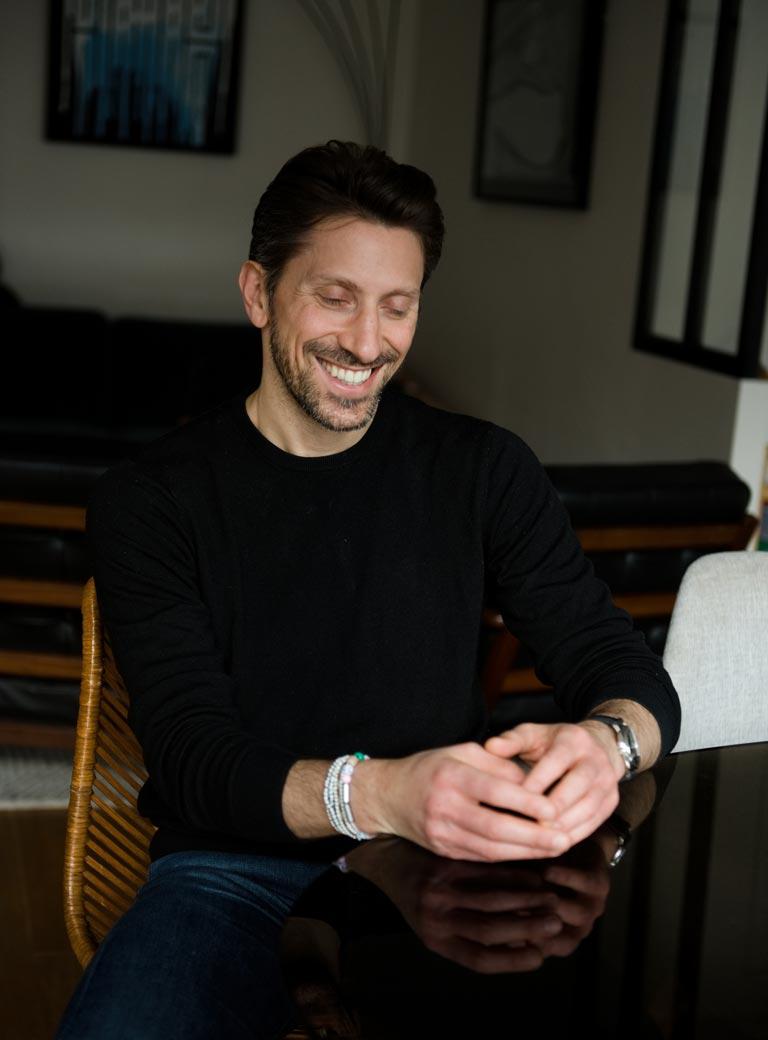
Interview: Alexandra Markl
Photos: Elise Toïdé


